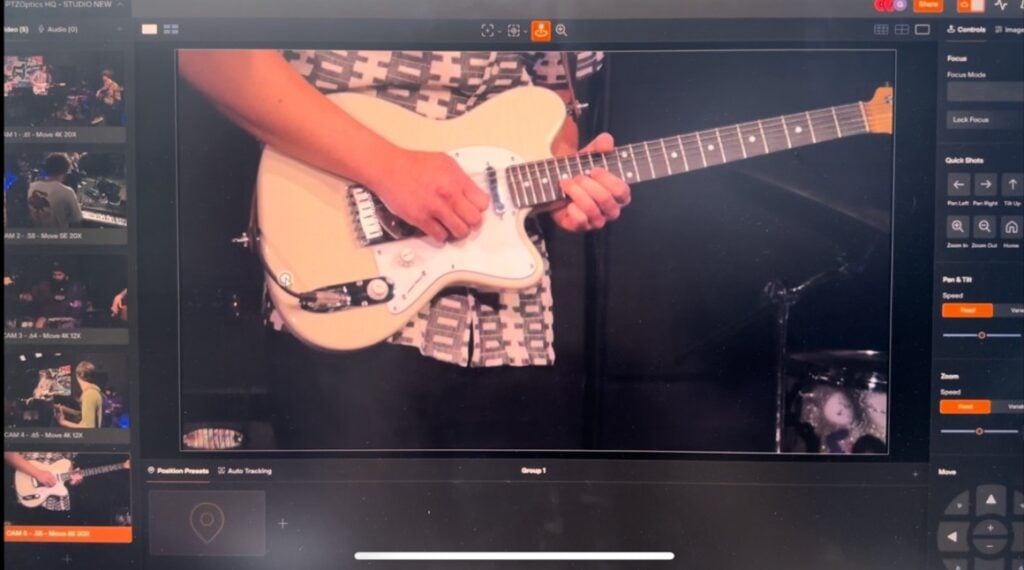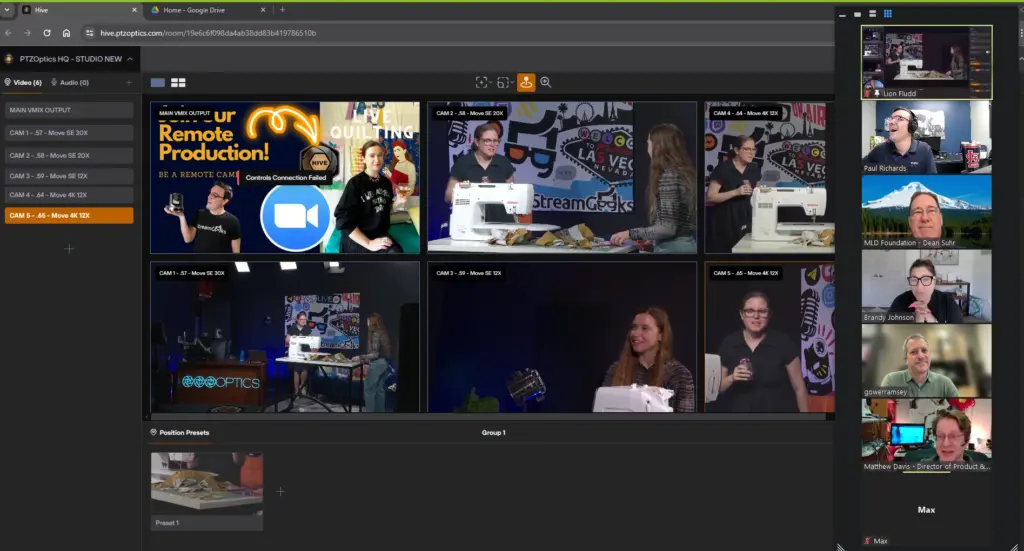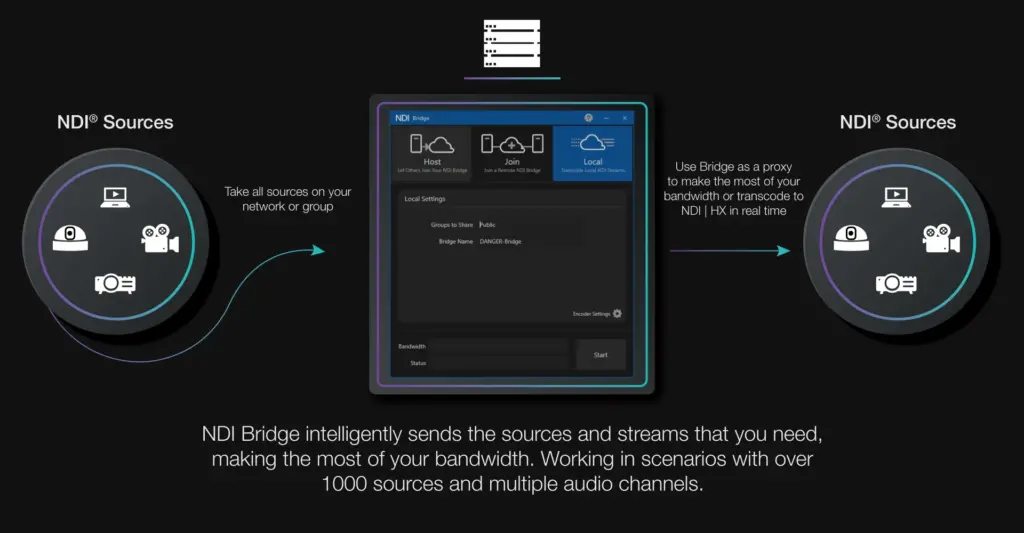Live Streaming Radio: How its Rocking AM/FM!
Written by Paul Richards on July 21, 2019
5 Reasons You Should Be Live Streaming Your Radio Shows
Anyone in the business knows that radio stations are facing more competition than ever before. While over-the-air broadcast stations still serve a wide audience, new technology has created new ways for people to hear the entertainment and information they formerly received on their radio. Services like streaming music platforms and satellite radio have added a new layer of alternatives for consumers. Fortunately, technology also has something to offer traditional broadcasters to help them add a new dimension to their service. This can help radio station owners reach new listeners and continue to retain their current listener base. One of the most exciting new opportunities is live streaming.
Live streaming radio allows you to offer your listeners an additional way to connect to your programming. Listeners can stream audio over their internet-connected computer, tablet, smartphone, or another smart device. Stations can also add the dimension of video to allow people to get an inside look at the programming. Need more inspiration? Here are five reasons you should be live streaming your radio shows.

live broadcasting software for radio
1. 50% of Adults are Streaming Audio on Smartphones
According to the latest research, half of all adults are now using their smartphones to stream audio. That is a massive untapped market of consumers who have already demonstrated a desire to listen.
2. You Already Have the Content
The first thing someone needs to do to start streaming is to create content. You have a huge headstart. You already have excellent and compelling content 24 hours a day. Getting it set up to stream is the easy part.
3. Adds Another Dimension
While people are still enjoying audio-only broadcasts, the internet is also full of dynamic video content. By adding video to your live stream, you can add a whole other dimension to your content. Listeners become viewers that get an inside look at what happens behind the scenes on their favorite shows. They can also get to see their favorite hosts and in-studio guests.

Radio Broadcasters with PTZOptics cameras
4. Creates More Advertising Opportunities
Live streaming your radio shows creates multiple opportunities to increase advertising revenues. With streaming audio, you have the option of allowing your advertisers to benefit from the new listener base. However, you can also decide to insert a separate commercial roll into your live stream, increasing your total number of availabilities. For stations that choose to feature a live video stream, the opportunities grow even further. Video can be added to commercial avails over the stream creates added value for advertisers. Programmers can also use screen squeezes and other effects to add additional on-screen advertising opportunities.
5. Streamed Content Can Be Re-Purposed on Social Media
For stations streaming video, clips from shows are a great way to expand your audience on social media. Special guests or stand-out moments can be edited, repackaged, and posted on social media to draw more attention to your programming both over the air and online.
This is Just the Beginning
If you have read this far, I think you will be interested in the following is posted from a recent LinkedIn article. The original can be found here. The radio industry is full of some of the most creative professionals in the media business. Who knows what other ideas they may come up with once you add the option of streaming to your radio programming. I have a new found love for radio. After recently learning that many of our customers here at PTZOptics are radio stations, I did a little research. I found out that Radio as a medium is still very much alive and well! Podcasting is something I understand. In fact, our team has recently built a live streaming/podcasting studio in our new marketing office. But the idea of broadcasting on live AM or FM radio. It intrigued me… Dare I say scared me…
So our team reached out to a local radio station to see if we could help them host a special live broadcast that included live streaming to Facebook, YouTube, Twitter, LinkedIn, and Twitch. After learning more about radio, I found out that radio station owners are quite happy how well radio is performing today. According to a Nielsen Total Audience Report based on first-quarter 2019 data, 92 percent of U.S. adults still listen to radio each week. The idea that radio still plays such a huge role in today’s fast-paced age of social media helped me connect the dots about what’s really going on in the digital streaming, podcasting, and social media arenas.
Accompanying radio’s resilience in communications today is the massive growth of live video streaming. Many traditional media outlets (including radio, TV and print outlets) now incorporate live video streams as part of their day-to-day content. Over the past few years, live video streamers have grown into professional producers of content for outlets such as YouTube and Facebook. According to research compiled by Inside Radio ,”the new data also validates the growth of streaming audio with half of all adults now also using use their smartphones to stream audio.”
From this information, we can make a strong case that radio is certainly positioned to offer the best of both worlds. Radio has an existing audience in place, with the ability to live to stream their broadcasts on the social media pages they already have active. Live streams also can help stations tap into another advertising revenue stream. Live video allows advertisers to reach not just listeners but also viewers. Stations can target local and national companies to invest their advertising dollars into a medium that has multiple ways of reaching potential customers.
From a technology perspective, in our case study we used the PTZOptics Producer Kit with a simple NDI (IP Video) networking setup. All of our cameras were powered over ethernet and our video was available via both SDI and NDI. All of the audio was coming into a Focusrite USB audio interface that we used with an audio output from the radio station’s mixing board. We also set up some LED broadcast lights to help light the set that was only set up for radio from a camera standpoint.
With all of that in place, we also used two LiveU systems. One LiveU LU-600 backpack was used to broadcast behind the scenes access to the radio station during commercial breaks. The second LiveU Solo system was set up to broadcast the output of our PTZOptics producer system. In this way, we were able to switch between two separate RTMP video streams in the cloud using GoEasy.Live. I should mention that using GoEasyLive allowed us to send two high-quality RTMP bitrate video streams but also redistributed those streams in the cloud reducing our need for high upload bandwidth speeds.
If you are interested in learning more about live streaming a radio or podcast show download our tip list here: https://ptzoptics.com/radio.
Until next time,
Paul Richards
Chief Streaming Officer









